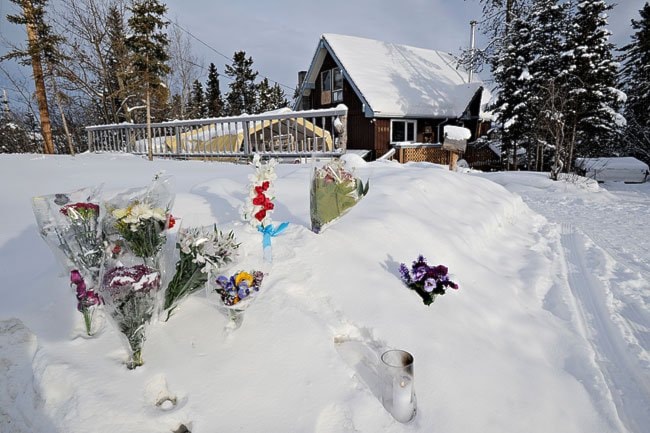Yukon is the first jurisdiction in Canada to require carbon monoxide detectors in all residences with an oil-burning furnace or an attached garage.
The Oil-Fired Appliance Safety Statutory Amendment Act passed in the legislature unanimously on Thursday.
The change comes in the wake of the January 2012 death of five people in a Porter Creek home from carbon monoxide poisoning.
The new laws also require that all installation and modification of furnaces be done by a certified oil-burner mechanic.
However, no accreditation is required to perform maintenance on existing furnaces.
The NDP Opposition has questioned why this is, given that the oil-fired appliances working group recommended that all maintenance be done by certified professionals.
But the working group also recommended that “applicable regulations have provisions to provide persons or companies presently working in the affected industry sufficient time to become qualified.”
That capacity, especially outside of Whitehorse, simply does not exist yet, the government asserts.
Until there is a certified mechanic in every community, requiring that maintenance be done by Red Seal journeypersons could leave people without heat in the dead of winter.
Instead, the government is working with Yukon College to increase opportunities for training, said Education Minister Scott Kent.
There are currently 15 oil-burner apprentices registered at the college.
The ultimate goal is to have all maintenance done by certified mechanics, said Community Services Minister Elaine Taylor.
But there’s no timeline for when industry would need to reach this goal.
“It takes time,” said Taylor. “With not having a finite, set timeline, that doesn’t mean that we’re not committed to ensuring that we have that capacity. But to actually set a timeline would be difficult without having that guarantee of actually having certified mechanics in every community.”
There are two paths to becoming a certified oil-burner mechanic.
One is a formal apprenticeship route. This program requires a total of 5,400 hours of training, including two levels of classroom training and three levels of on-the-job experience.
Working or training 40 hours per week for 50 weeks of the year, it would take nearly three years to qualify for the final exam. A score of 70 per cent or better would earn Red Seal certification.
Alternatively, someone who can prove they have worked as an oil-burner mechanic for 8,100 hours, or more than four years, can skip the formal training and sign up for the exam.
Contact Jacqueline Ronson at jronson@yukon-news.com
